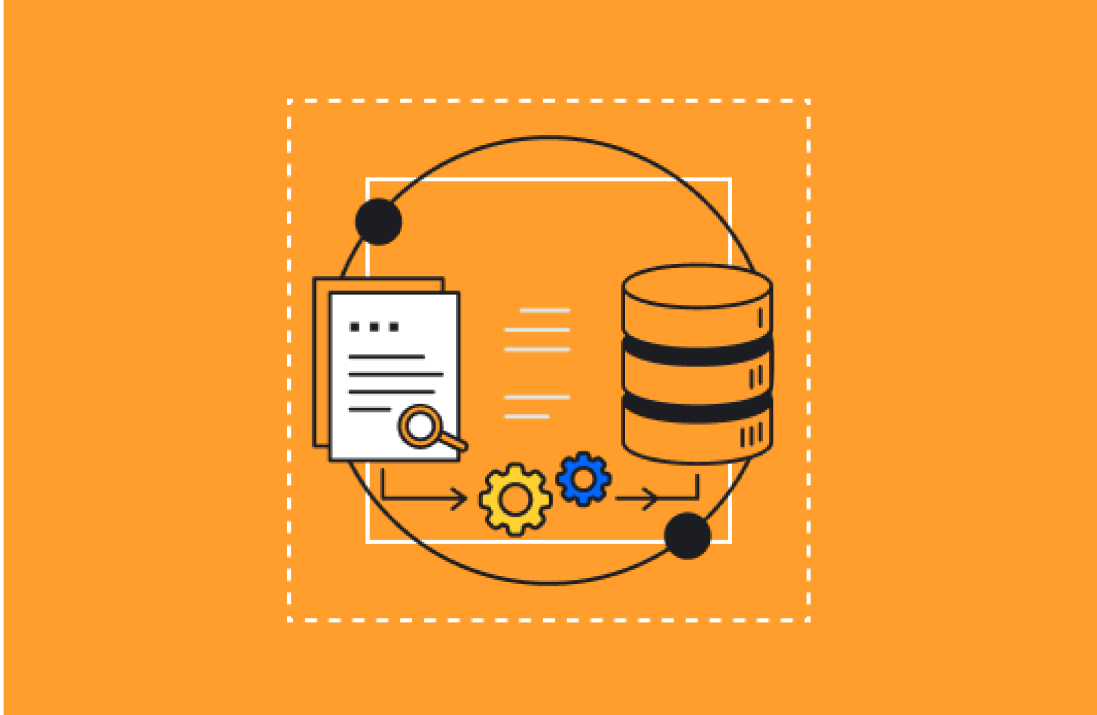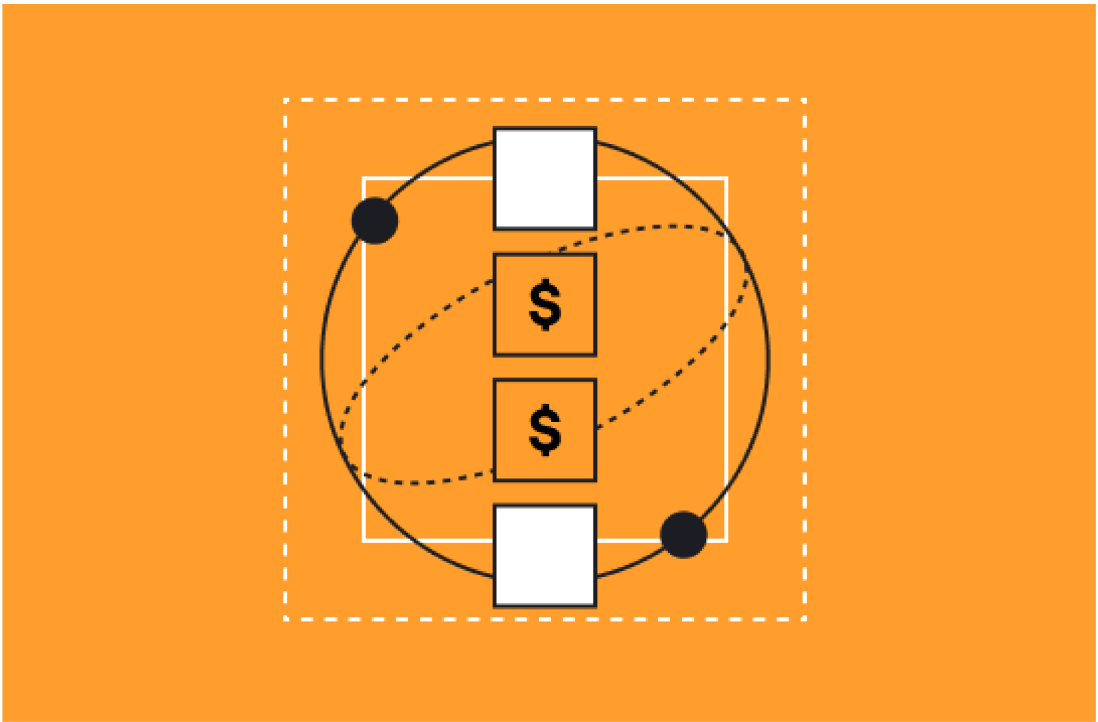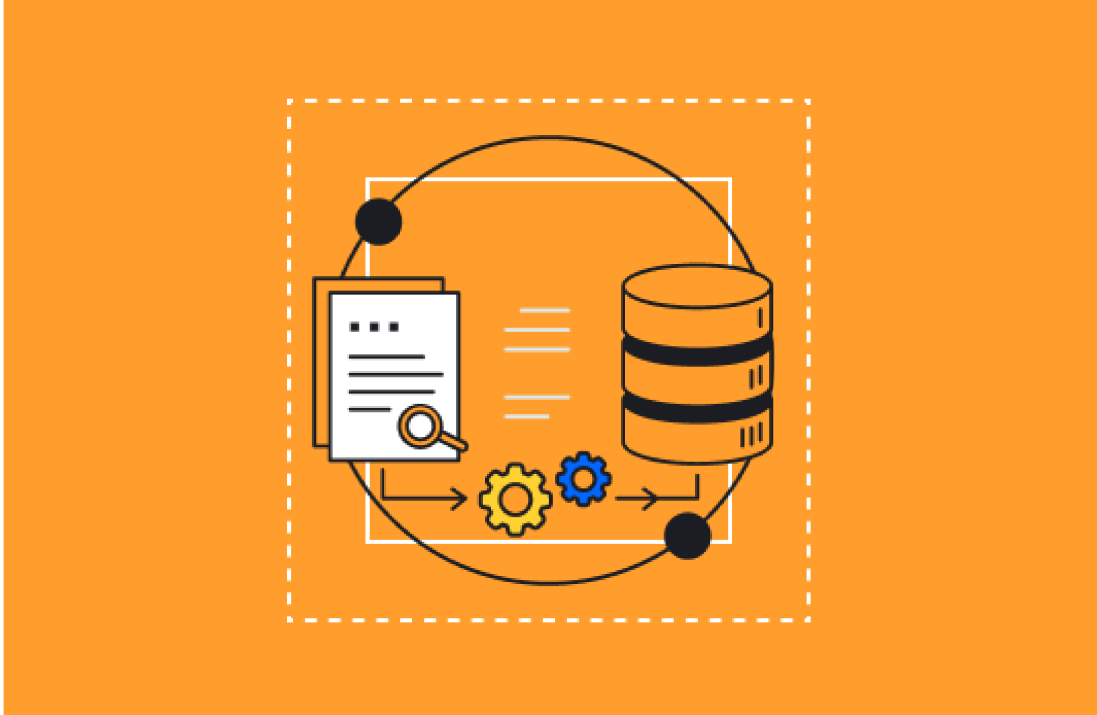One of the most important pieces of a company’s tech stack is their marketing software. The right marketing software lets you guide a customer through their entire journey with you - from their first website visit to their first year as a customer and beyond. Meanwhile, your marketing software should run hand in hand with your CRM, empowering your marketing and sales teams to achieve company goals.
If you’re deciding between Pardot and HubSpot or if you’re a current Pardot user, then we think you should give HubSpot another look. In recent years, HubSpot has become a powerful engine that gives marketers and salespeople the tools they need to attract and delight customers.
While Pardot’s Engagement Studio journeys are mostly focused on the email experience, HubSpot allows users to gain a more holistic view of the entire customer lifecycle when designing emails, workflows, and even landing pages. This holistic approach to marketing is the main reason why we encourage teams to consider switching to HubSpot. Here are the main differences between the two platforms:
HubSpot Offers More Flexibility
One of the most effective features of HubSpot is the ability to build microsites with beautifully designed landing pages that live on a subdomain. We’re able to craft unique content without needing to get involved with the main website. These work best for paid ad landing pages, which have tracking built right in, as well as for one-off campaigns that don’t need to get tangled with the existing website.
As an example, we’ve helped multiple clients build and launch virtual conferences this year by developing micro-sites using the HubSpot CMS. Our designers create templates and the client is able to add their own content, giving them the power to tweak designs until they’re exactly right.
Whether you’re focusing on social media growth, SEM advertising, or testing new campaigns, HubSpot offers the chance to go beyond just email.
HubSpot Keeps You Focused on Growth
Pardot syncs with your Salesforce to allow messaging of contacts from accounts in your database. But if you want to grow your audience, you’ll need to employ marketing tactics like lead generating landing pages, social media marketing, SEM advertising, and SEO content.
For teams getting started with all these strategies, it can be overwhelming finding and integrating the tools to do it all. But with HubSpot, it all lives under one roof.
HubSpot is More Cost Effective
When comparing plans, the cost of HubSpot’s Professional Marketing Hub is about equal to Pardot’s Growth level. Growth doesn’t include dynamic content, landing pages, ad management, conversational bots, or any content management tools like SEO recommendations. All in all, HubSpot gives you a lot more bang for your buck since you won’t have to invest in a lot of third-party software.
HubSpot Provides Users with Better Support
One of our favorite things about HubSpot is the support. You see a chat widget on every page of the site, and live people are available to answer questions. Professional and Enterprise levels can access phone and email support, while all levels also have access to the robust customer forums. Because Aptitude 8 is a diamond partner with HubSpot, we have access to escalated assistance from our dedicated HubSpot specialist.
Meanwhile, Pardot users after on-boarding do not have access to a specialist when they need. Instead, they can log support tickets or try to join pre-set office hours with other customers seeking help.
With the HubSpot Marketing Hub, marketers can write, design, and build campaign landing pages, emails, and more without the need for a developer. These elements can then be integrated into workflows, emails, and paid ad campaigns. It’s truly an all-in-one experience. Advanced marketers can even take advantage of A/B testing and advanced campaign reporting. That’s why we think it’s the best marketing automation tool for teams.
We often help companies who are looking to switch to a more streamlined and more powerful system make the conversion from Pardot to HubSpot. We believe that it gives the users more power over what kinds of marketing campaigns they’re able to do, while making automation simple enough for any team member to take on.
Best of all, if your team is set on keeping Salesforce, HubSpot integrates just as seamlessly as Pardot does. Your contacts, accounts, campaigns, and more sync bidirectionally to keep everything up to date.
Need to make the switch to HubSpot? Start a chat or reach out and we’ll help you find the best next steps for your business.







